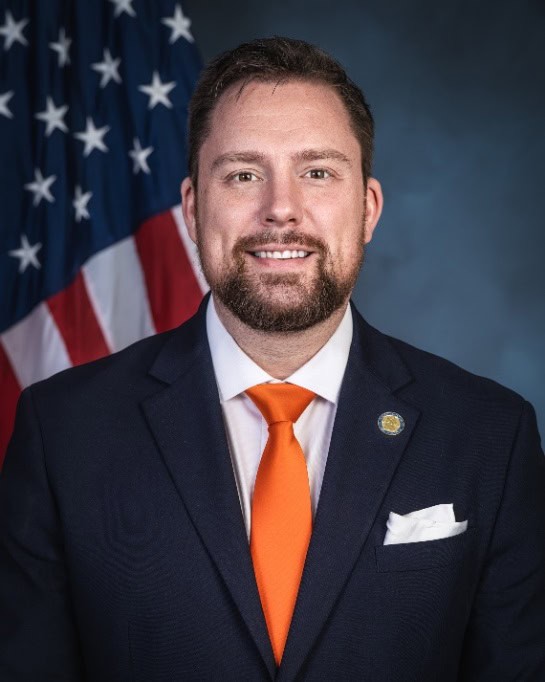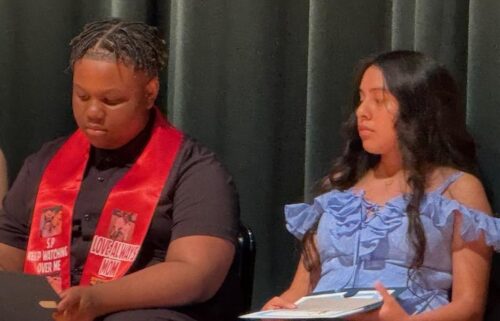To Mexico
Albert Kinsey Owen’s communal town on the western coast of Mexico drew the Howlands there.
Edward and Marie Howland, who had studied first-hand the planned community of the Familistere in France and furthered the cause of the co-operative society in the U.S., would end their stay in South Jersey after 20 years for the prospects of a communal system that had been set up on the western coast of Mexico in the port town of Topolobampo.
Patricia Martinelli, curator at the Vineland Historical and Antiquarian Society, recently unearthed an 1897 issue of the Kansas City Times featuring an extensive interview with Marie Howland that provides an inside look at the Mexican colony in which she and her husband lived for a short period as well as an account of how they were drawn there.
The Topolobampo Pacific City colony was the vision of Albert Kinsey Owen, described by Marie Howland in the 1897 interview as “a young civil engineer, engaged in drainage work in the City of Mexico [who] had written pamphlets about Topolobampo and its advantageous location on the Gulf of California.” He was the son of a Civil War surgeon from Chester, Pennsylvania who provided Albert with a good education and money. His talents, Howland said, included “persuading others to his way of thinking.”
The Howlands discovered Owen through pamphlets he circulated nationwide after the establishment of the first Topolobampo colony in 1885. “We were living in Hammonton, N.J.,” Marie told the Kansas City Times. “…Mr. Howland was at that time conducting a large conservatory [greenhouse] in Hammonton. His health was not of the best and this was a congenial pursuit…Becoming enthused by one of Owen’s pamphlets we turned the conservatory into a printing office. For three years, we published a paper in the interest of the Topolobampo scheme. Only one plant did we leave to grow in the glass covered structure where thousands of beautiful flowers had been grown. That was the Mexican century plant.”
The couple departed Hammonton in 1888 for Mexico, traveling with what Howland describes as “a small party.” Arriving at Topolobampo, they discovered that the community already had 200 residents living in several camps that comprised the colony. The Howlands settled into one of the camps and quickly established a publication called Credit Foncier of Sinaloa, which was printed until around 1893 and sported a masthead quoting the colony’s founder: “Collective ownership and management for public utilities and conveniences—the community responsible for the health, usefulness, individuality and security of each.”
Howland’s comments during her 1897 interview are evidence of the disenchantment she and her husband experienced after arriving at Topolobampo, and she is far from reluctant in placing the reason for the colony’s failure at the feet of its founder. “Mr. Owen, promoter and organizer, seemed to care little for the interests of the colony,” she told the newspaper. “He was seldom in Topolobampo himself, but was absent, trying to interest capital in the construction of the road across the country.”
The road Howland refers to is a rail line that Owen was convinced could transform his port community into a major trade center. According to Howland, Owen “pointed out that [Topolobampo] was on the direct line of the shortest route around the world by way of the great cities…He argued…that eventually most of the world’s traffic would have to go by a route very close to Topolobampo.”
Howland attributed a portion of the colony’s failure to Owen’s insistence “to secure a railway across Mexico or [to] fund a branch to connect with the Mexican Central [Railroad] and it was his persistence in this direction to the neglect of the colony that, we feel, prevented its success…the people felt he had abandoned their interest and cared for the railroad only.”
Next Week: Disillusioned








